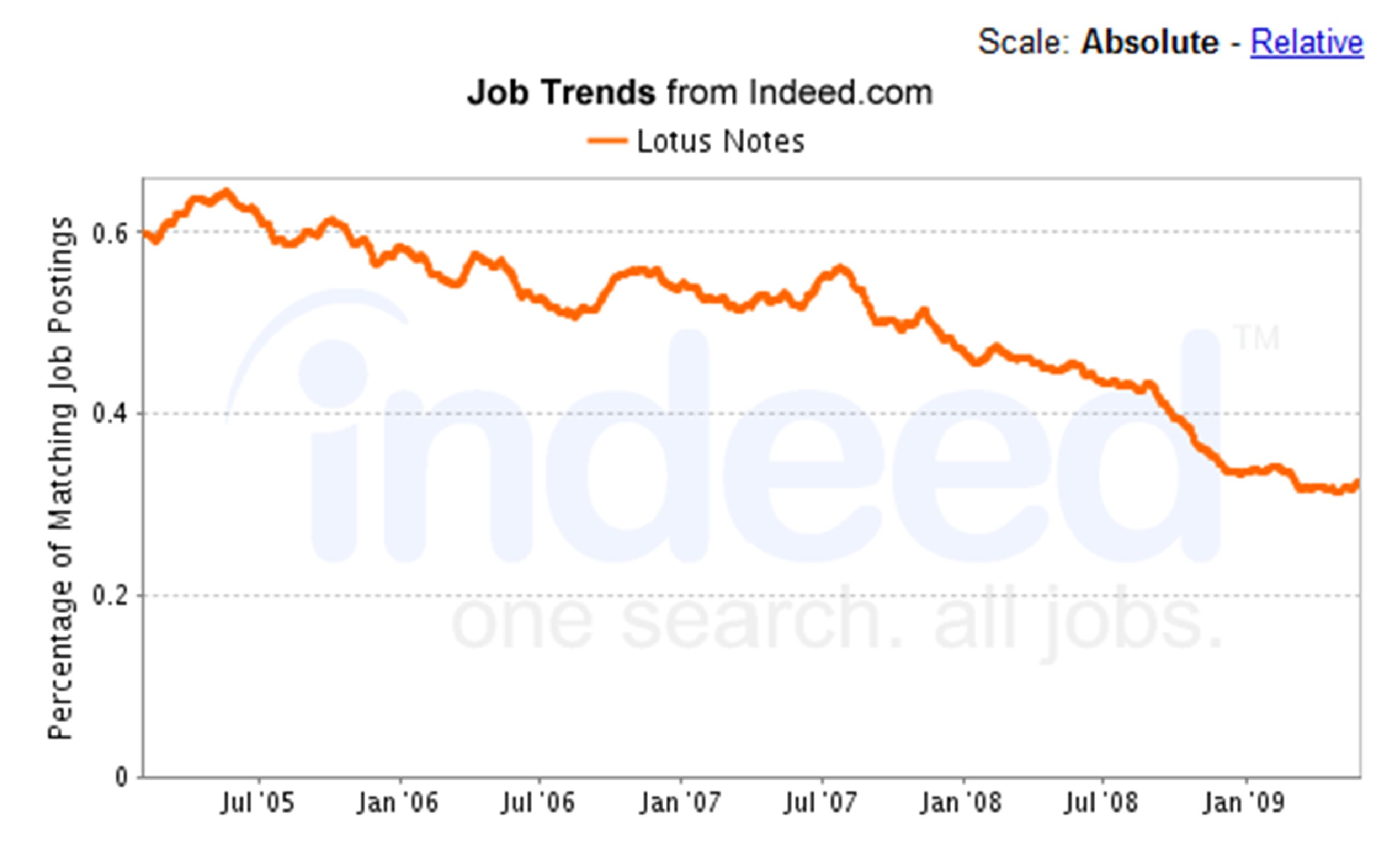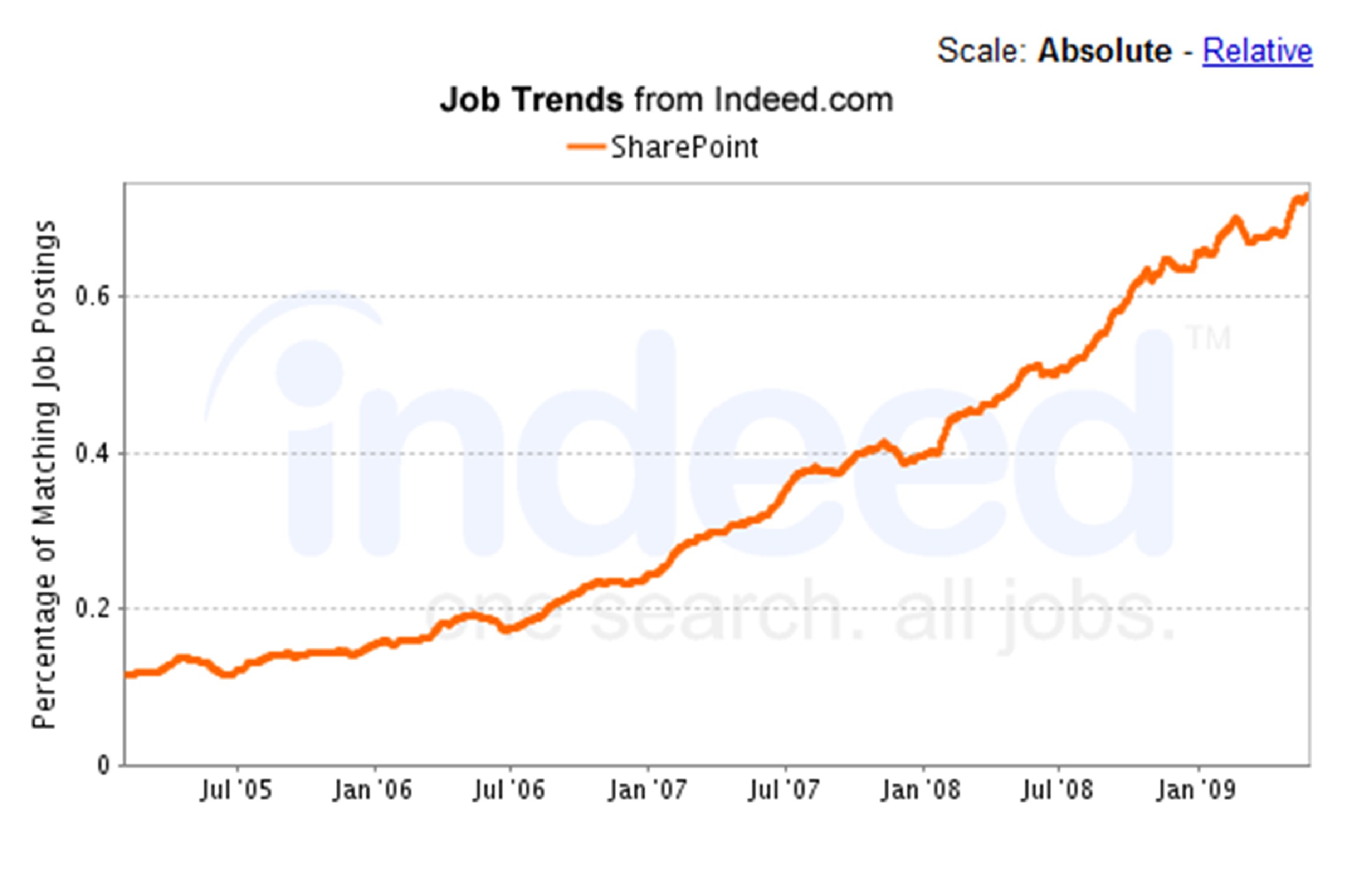Millions Switch to Exchange and SharePoint from Notes
Edited Thursday, August 6, 2009.
Note: The original post mistakenly referenced the wrong Ferris Research survey. This reference has been corrected.
Today, in our fourth quarter earnings call, we shared the latest results of our efforts to free customers from the costs and antiquated architecture of Lotus Notes and Domino. In our last fiscal year (July 2008 - June 2009), more than 4.7 million people began the switch to Exchange and SharePoint from Notes. In today’s economic climate, this is strong testimony to the cost-savings and efficiency gains that companies can get by moving off Notes. Customers are recognizing that investment, even in tough times, can make them stronger for the long haul.
We’re seeing a few key trends driving these migrations:
Cost Savings Today, Productivity Tomorrow
Cost savings is the number one driver for migrations. Notes systems simply cost more to run and manage. A Ferris Research survey of 917 companies Ferris Research survey of 136 organizations found that Notes systemscan cost twice as much as Exchange 2007. But, mostbusinesses have their eyes on the longer term productivity gains that Exchange and SharePoint deliver. With today’s economy,businesses understand that investing in the right applications can reduce costs in the short term and drive greater efficiencies, productivity and overall business value in the long run.
Online Services Ignite New Demand
The launch of Exchange Online and SharePoint Online is a key driver for migrations. This past year, as these services have gone live, some major Notes customers – including Coca-Cola Enterprises, GlaxoSmithKline and Ingersoll Rand – are making the move from Notes to the cloud because of Microsoft’s software plus services strategy. In fact, GlaxoSmithKline will save an estimated 30% over the next year as a result of making the switch. This is a strategy that gives these businesses the ability to combine software and servicesand segment their usersto lower costs in a smart way.
On the other hand, Notes customers wanting a cloud-based solution have limited options. IBM’s “Goldilocks approach” (companies cannot be too small or too big to move to the cloud as the IBM service starts at 1,000 users and stops at 10,000) and the added costs of cobbling together solutions based on different platform choices (Domino, WebSphere, DB2) give customers few choices. As a result,Notes customers are choosing Microsoft Online because it provides them with a flexible, single platform that is accessible from a familiar interface across the PC, phone and browser.
The Developer and Partner Ecosystem
At 400,000 strong, our partner and developer communities are amazing! Every one of those 4.7 million Notes switchers started their migration with a Microsoft partner, and today, those partners are better than ever at helping customers cost effectively move off of complicated, proprietary Notes applications. Eddie Bauer was able to move over 1,000 people off Notes and migrate their applications over a weekend. And, when it comes to building the next great application, developers and partners are lifeblood. The power of any collaboration platform lies in the applications you can create. With Notes, the skills are dwindling and expensive. With SharePoint, they are booming and in-demand. Just take a look at the trend from Indeed.com, and you can see where companies are investing for the future.


No doubt IBM will respond by saying this blog post is just FUD. But objective third-parties like Gartner differ with that assertion. IBM may even respond with a press release announcing ‘new’ customers, who are, in most cases, simply deciding to keep Notes a bit longer. But with millions making the switch, I suppose a company choosing to keep Notes is pretty newsworthy these days.
Julia White
Director of Exchange Marketing
Microsoft